Contact Way
"One of the most distinctive online habits among Chinese consumers is the tendency to prefer instant messaging (IM) over e-mail. For instance, 87 percent of Chinese digital consumers use the Internet for IM, compared with only 53 percent for e-mail."— BCG report “China’s Digital Generations 2.0
- Email and landline phone are not particularly favored contact methods in China.
- One of the solutions is the online customer service by chatboxes. This seems to be not beatifull at a glance, but in China, it really works in absorbing more potential clients/customers and furtherly improve the sales.
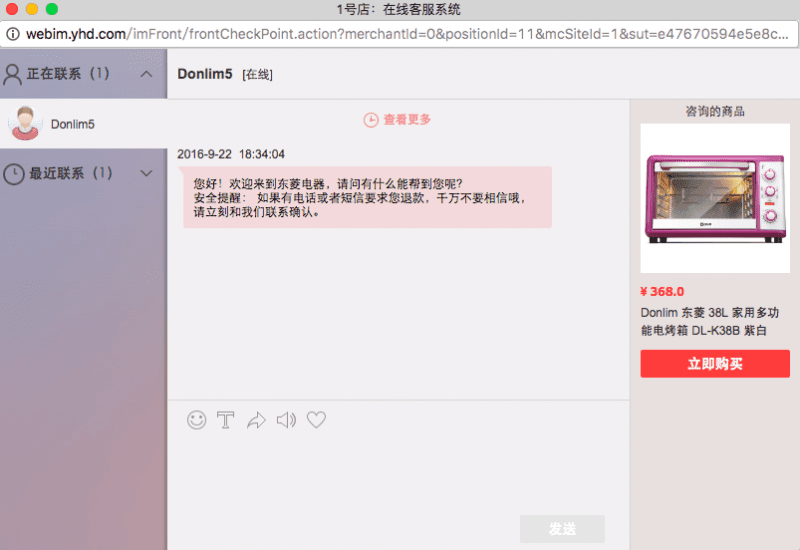
- The most frequently used tool of online services is QQ or Wechat in China.
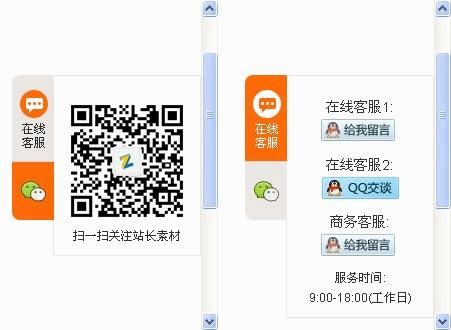
QR Code & Login
- Mobile site access or app download at top of page through QR code is popular in China.
- OR code login, sms login, third-party logins are prefered in China.
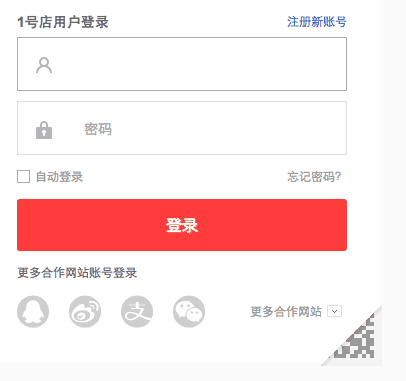
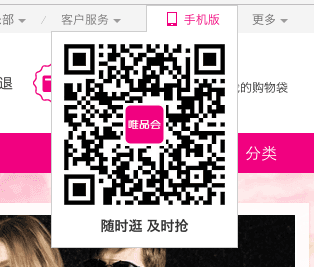
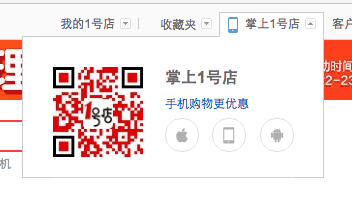
Back-to-Top Scroller
- It is necessary to have a back-to-top scroller for any long page.
Colors & Values
- Avoid low saturation, try to make the view like a bright ensemble.
- Good meaning in China:Red, Orange, Green, Blue etc.
- Steer clear of black and white headshots, as that they are only used to honor death and burial in China.
- Promote values of fun and belongingness. Chinese tend to value family, friendships, community, and tradition. So use images of happy, smiling people bonding with their friends, families and communities while introducing your products or services.
Localization
- Replace Visa, Mastercard and Paypal by Zhifubao (Alipay), and the most common interbank payment processor, Unionpay. Since the formers are not popular used online in China.
- Since Google and Youtube are blocked in China, you should avoid puting any link to them through the whole site, otherwise the website might have a risk to be blocked, and low responsive time at least. Therefore, do research Baidu's Seo, which is the substitution of Google in China. For videos, there are lots of choices, Youku, QQ(腾讯视频)are widely applied.
Convention
- Always open in a new tab page. I guess this is because Chinese have a much intense willing to keep users stay in the site.
- Apart from Chrome, make IE, 360 and WeChat’s native browser friendly.
- Mobile end design first in mind! China has a larger percentage of mobile users than the rest of world, and this trend seems to increase faster.
- Chinese are not yet used to wide, breezy grids. But things are changing, now think of that there is an underlying trend of Chinese web design to approach the world. Thus do not care too much on this section when designing your website.
Localizing for China means more than translating your desktop website into Mandarin. Do China right or don’t bother. Know who you’re talking to and how they use the web, and open communication via the channels they expect (WeChat, light apps, QR codes), and you’ll be that much closer to a meaningful connection with your users.

